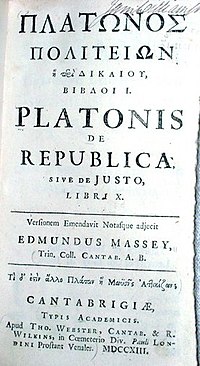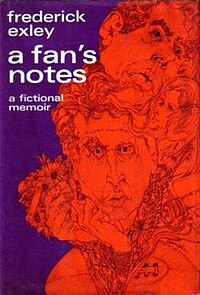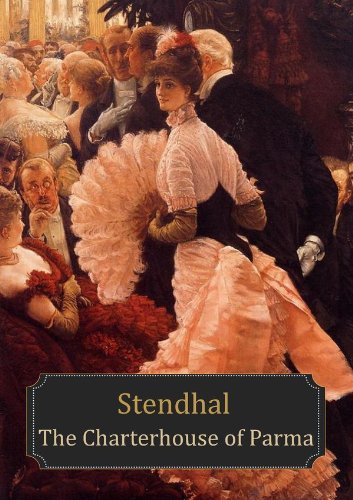Nemesis
by: Philiph RothSynopsis
It tells the story of
Bucky Cantor, at 23 a freshly minted phys ed teacher and summertime playground
director. Life’s dealt him some blows: his mother died in childbirth; his
father, a thief, exited the picture long ago. Worse, to his anguish and
disgrace, Bucky’s poor vision keeps him from going to fight the Germans
alongside his best buddies — alongside, for that matter, “all the able-bodied
men his age.”
But life’s dealt him
blessings, too, prominent among these the grandparents who raised him: the
immigrant grandfather who encouraged him “to stand up for himself as a man and
to stand up for himself as a Jew,” and his grandmother, a “tenderhearted
little woman” with whom he is living in their tenement flat when the story
begins. He has a girl he loves, prospective in-laws thrilled to welcome him
into their family and solid aspirations of becoming a high school athletic
coach. He’s blessed, too, with an awareness of his blessings, a sense not only
of gratitude for them but also of the obligation they confer, and it emerges
that this sense of obligation is what allows him to withstand his
disappointments; indeed, to flourish within his circumscribed world.
He inhabits the role of
playground director with a combination of enthusiasm and dignity that makes
him, in the eyes of the children, “an outright hero,” and Bucky’s goals are no
less exalted. “He wanted to teach them what his grandfather had taught him:
toughness and determination, to be physically brave and physically fit and
never to allow themselves to be pushed around or, just because they knew how to
use their brains, to be defamed as Jewish weaklings and sissies.”
The school playground
becomes Bucky’s Fort Dix, his Normandy landing. And when a polio outbreak hits
the city, his sense of duty swells: “This was real war too, a war of slaughter,
ruin, waste and damnation, war with the ravages of war — war upon the children
of Newark.”
Too decent to relish the chance to serve on the
front lines of this battle, too honest not to acknowledge his own fear, Bucky
rises to the occasion as best he can, which is to say with seriousness,
compassion, bewilderment and anger. Not the sharpest of Roth’s protagonists (he
lacks introspection, possesses “barely a trace of wit”), he has an appealing
capacity to apprehend happiness. Given its pall of war and disease, “Nemesis”
is surprisingly dense with happiness — a happiness that’s ever-tenuous, and the
sweeter for it. The word “happy” crops up immoderately throughout, and
happiness is made manifest in stirringly specific moments (eating a peach on a
hot night, observing a butterfly sip sweat from bare skin). The architecture of
Roth’s sentences is almost invisibly elegant; not only doesn't one
notice the art, one barely notices the sentence, registering instead pure
function: meaning, rhythm, intent.
Criticism
Roth’s
Nemesis can be fitted in New Criticism, for the reason that; the author’s
cultural background as well as the reader’s might affect the interpretation of
the text. The situation during those times when Roth wrote the novel influence
the outcome of the entire text like when Bucky’s ideologies factored on how he
trained the children not to be a Jewish weakling but they must prove that they
can out stand others and the wild spread
of poliomyelitis which killed numerous Jewish children. His eagerness to serve
despite of how dark his past might be, and the poorness of his eyesight never pushed
him to quit the life’s game.



